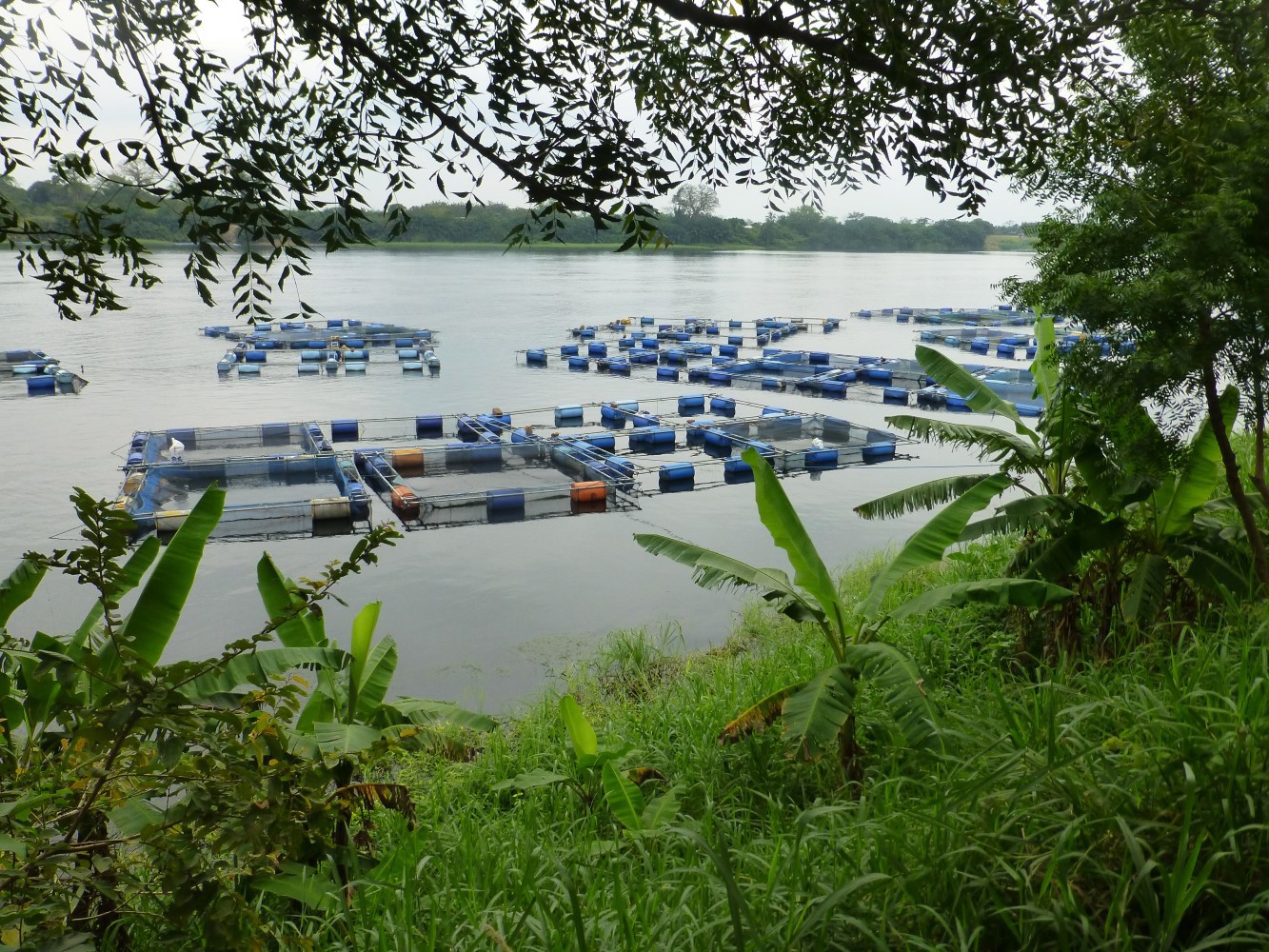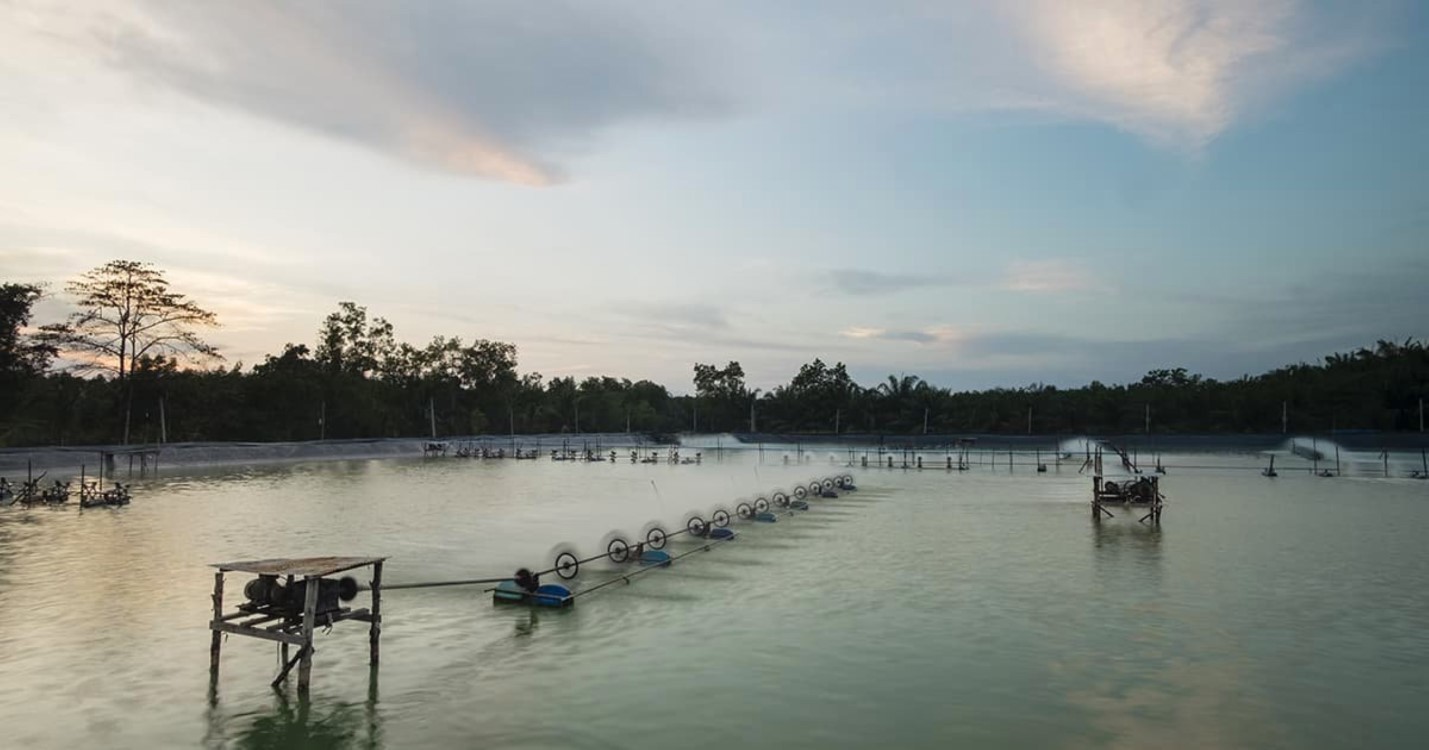Are farms healthy environments for producing fish and shrimp?
Aquaculture farming systems must comply with extremely strict requirements designed to safeguard animal welfare, hygiene and safety. These also ensure a wide range of characteristics are optimised, including water and waste management.
The quality of the farming environment and the systems used play a vital role in the end-product quality of all aquaculture species. Constant checks are carried out at farms by authorities and the farmers themselves. These include assessments of the chemical, physical and biological characteristics of the water to ensure the suitability for fish or shrimp production, while the method by which wastewater is managed is also evaluated. Furthermore, specific animal welfare protocols exist to ensure low-density farming and the adoption of procedures that minimise potentially stressful situations. Together, these and other steps help to minimise the environmental impact of aquaculture and improve the welfare of the fish and shrimp being farmed.
While Skretting does not operate any farming facilities, our feeds provide optimised nutrition for the health and welfare of farmed aquaculture species.


Frequent questions on animal health and welfare
Why do aquaculture species grow quickly?
In aquaculture, all of the production factors are optimised. This makes it possible for farmed species to reach market sizes faster than wild species.
Are farms healthy environments for producing fish and shrimp?
Aquaculture farming systems must comply with extremely strict requirements designed to safeguard animal welfare, hygiene and safety. These also ensure a wide range of characteristics are optimised, including water and waste management.
Is low fish meal/fish oil content in feeds harmful to fish and shrimp?
No. The latest feed formulations are specifically designed to give aquaculture species all of the nutrients that they need in order to optimise their health and growth performance, and to ensure end-product quality.